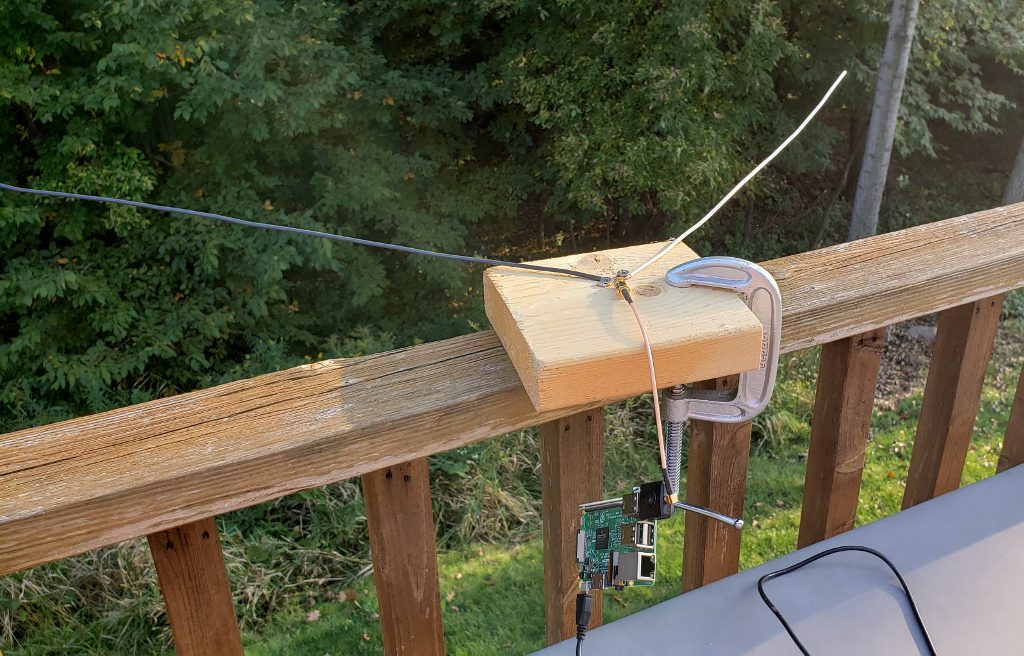

The antenna I’ve built for this purpose is a Quadrifilar Helix (QFH) type based on G4ILO’s notes. OK, let’s go through it in a little more detail below… Antenna

This allows me to easily sort through the (many) noisy images of low elevation or night-time passes and recognise the passes that have produced good images for further processing. A couple of Python scripts also run on the RPi3 to control automatic recording of the satellite passes and process the recorded files, opening them in Wxtoimg for decoding into basic images and then upload to a website for review. Basically a Raspberry Pi 3 (RPi3) is the star of the show running the satellite prediction software, software-defined radio and image decoding software. System overview WXSAT receiver setupĬlick on the system diagram above for an overview of the setup here.

One of the aims of my setup is to see what can be achieved at low cost to support a school project detailed elsewhere on this site. There’s lots of tutorials out there on the web about the many methods there are of receiving these signals so I won’t replicate those here, this page is intended to outline my particular setup and show some of the results. These are surprisingly easy to receive with basic equipment and provide really interesting imagery of the current weather overhead. I’ve been spending a lot of time over the last year playing with weather satellite reception, specifically the NOAA APT satellites, NOAA 15, 18 and 19, that broadcast their imagery in the 137 MHz band.


 0 kommentar(er)
0 kommentar(er)
